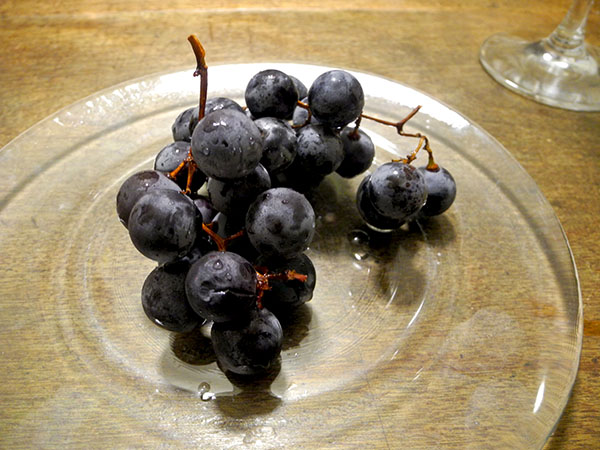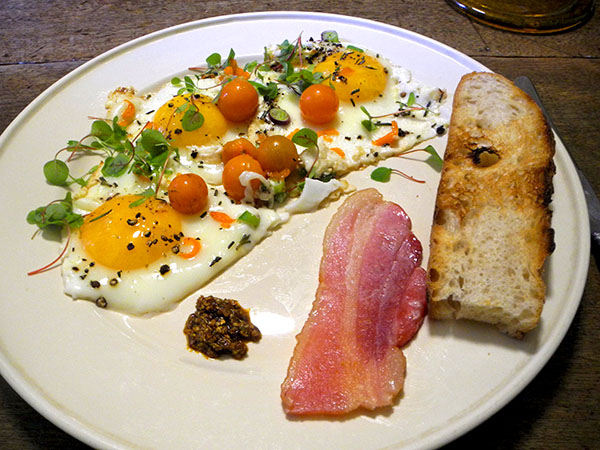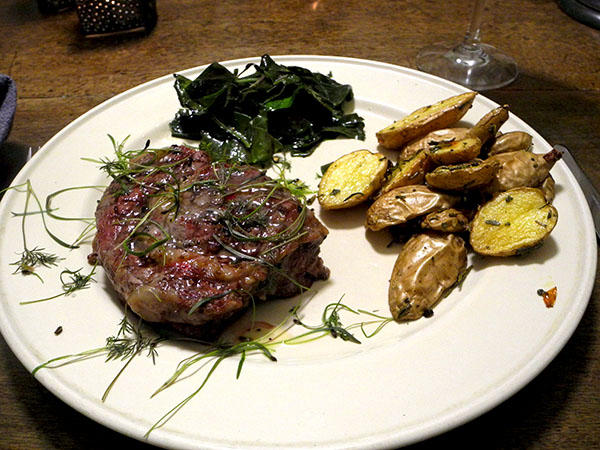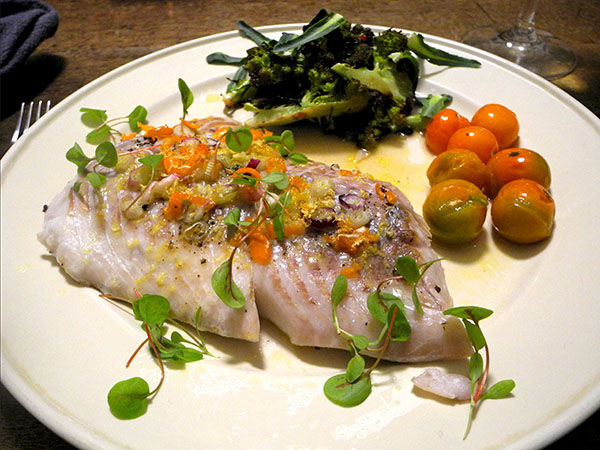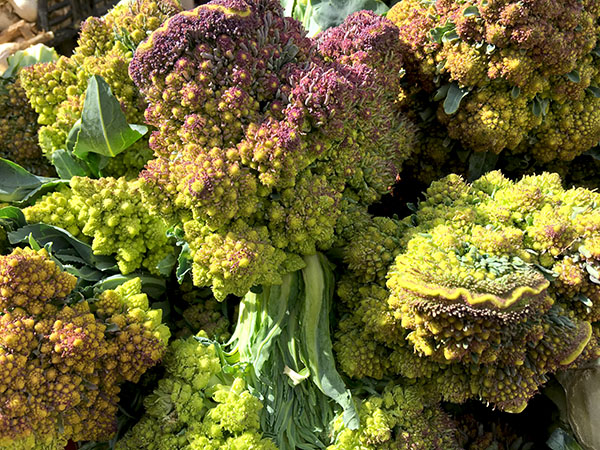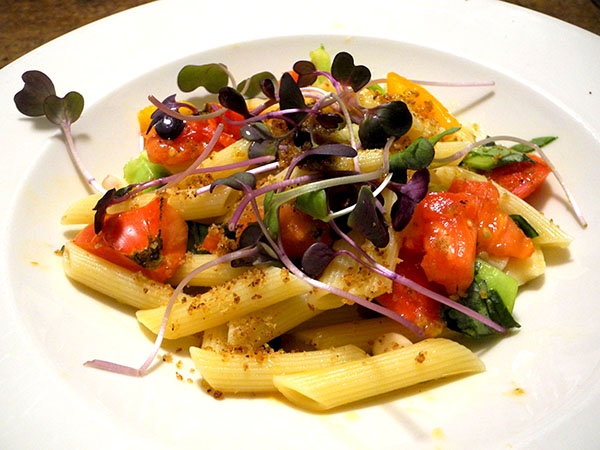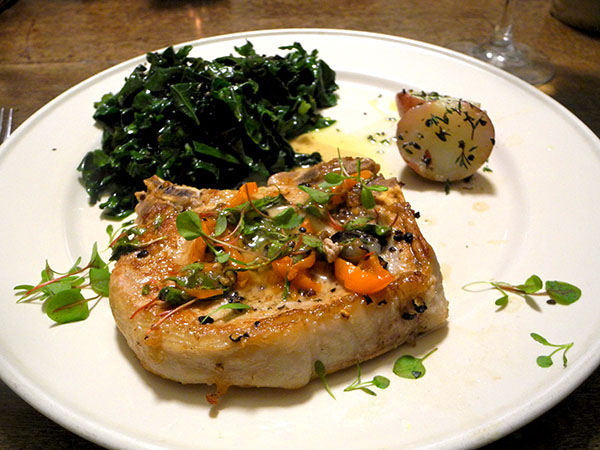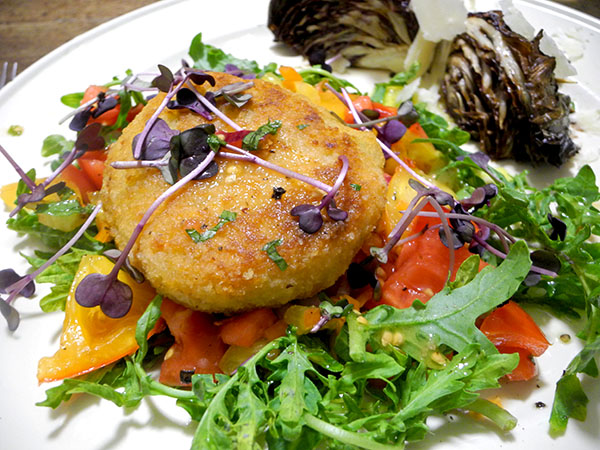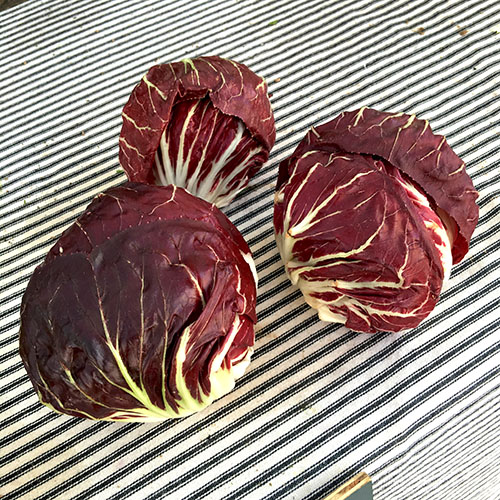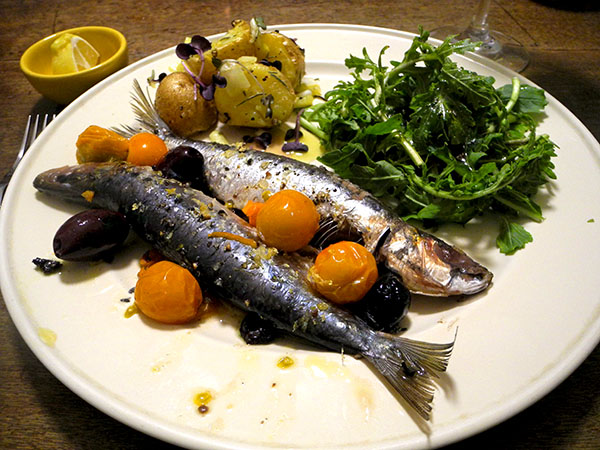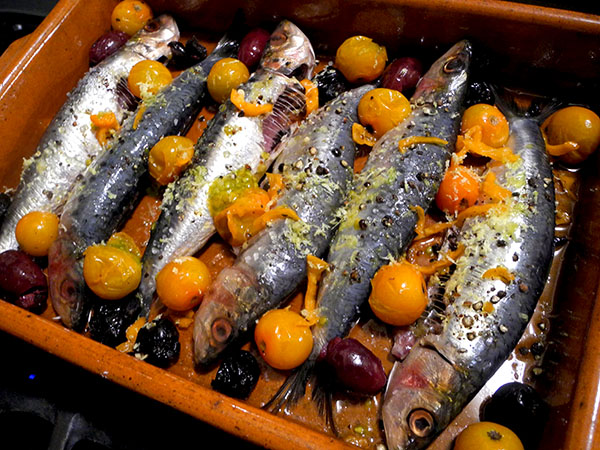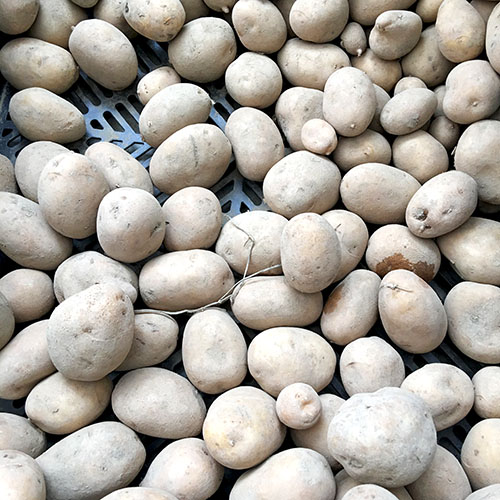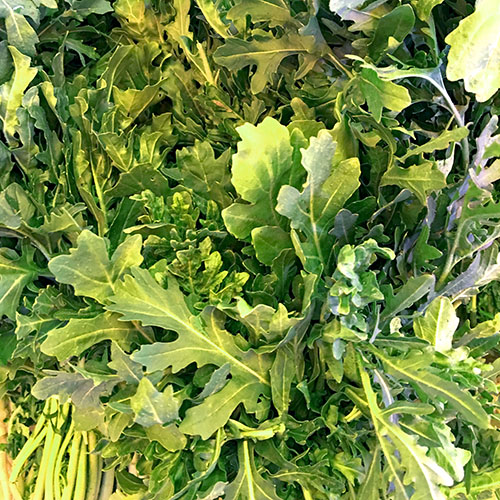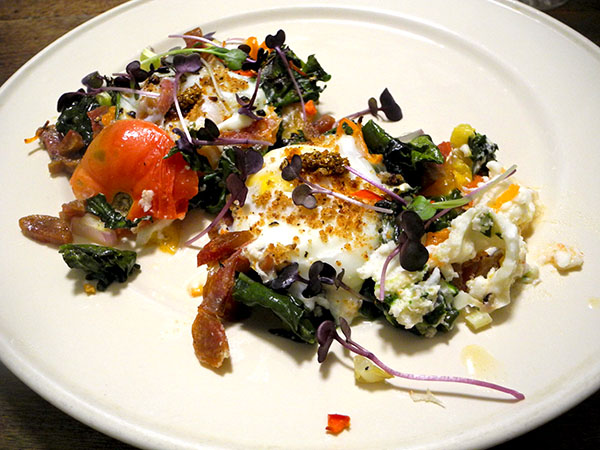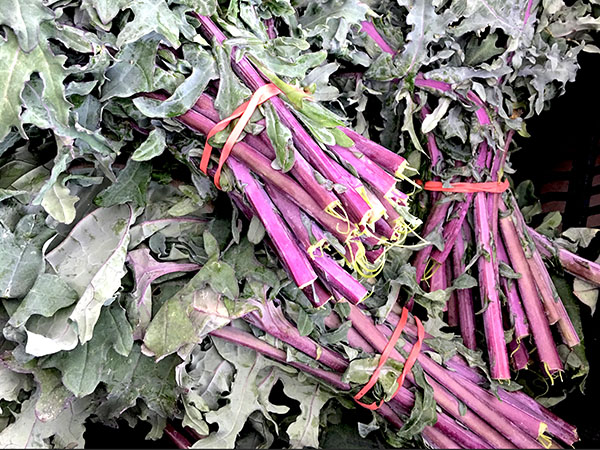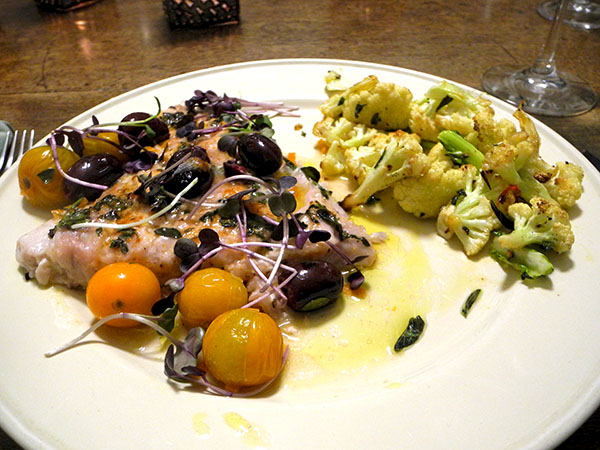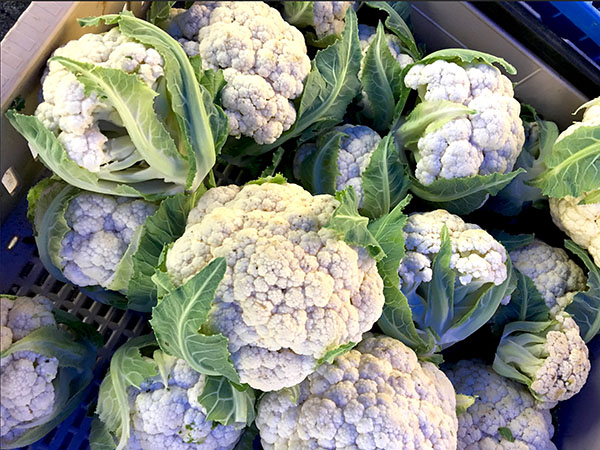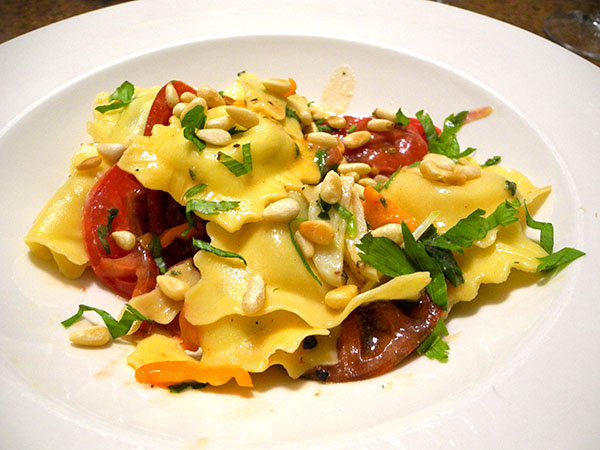
I’ve finally found a seasoning pepper I will actually be able to spend some money on.
Each year I’m amazed (well, overwhelmed) by the huge variety and numbers of hot peppers displayed by Greenmarket farmers, a bounty which begins in mid-summer and continues until the frost. While I bring them home regularly, it’s normally in very small amounts if I’m going to use them fresh.
That means we enjoy these particular capsicums for mere pennies, and that never seemed quite fair.
Recently I came across something very different, a small, very attractive, yellow-orange, very ‘floral’ pepper which has absolutely no fire. It’s delicious, and I expect that I will be using it in quantities – and in more dishes – than I could ever before have imagined.
It’s not expensive, but I will be buying them in unfamiliar quantities.
It’s called a Habanada pepper. I first came across it 2 weeks ago in Union Square, under the canvas of Norwich Meadows Farm. It’s a fairly new hybrid, “the first truly heatless habanero (hence the haba-nada)”, according to the Cornell Small Farms Program. It was developed by a good man some consider a wizard, Cornell professor Michael Mazourek, who reportedly had asked himself, “what if there was a pepper I could share with my friends who didn’t like hot peppers so they could taste what I love without the heat?”.
We’re so glad he wanted to know, and that he created the answer, although this does not mean that I’m going to cut down on full-heat peppers.
At her vegetable (and Chicken) stand last week, Haifa, half of the couple which founded and runs Norwich Meadows Farm, told me that she also dries these peppers, using them all through the winter after the fresh are no longer available.
After being so impressed with what they had done with this simple pasta, when I returned to the market on Saturday, I took home a large bag. The contents are now in a wooden basket on a north windowsill, but I’m thinking of sewing them on a string.
- two slivered ‘German Hardneck’ garlic cloves from Race Farm and one Habanada pepper, seeded, sliced thinly, and cut crosswise into small strips, heated inside an enameled cast iron pan in olive oil until both were pungent, a little sea salt and freshly-ground pepper added, before a 12-ounce package of cooked Rana spinaci e ricotta [spinach and ricotta] ravioli from Eataly, was introduced into the pan and carefully mixed, 2 sliced ripe heirloom tomatoes (different varieties, in 2 shades of red) from Norwich Meadows Farm added to the pan and gently stirred, the pasta finished in bowls scattered with portions of a small handful of pan-roasted pine nuts, a drizzle of olive oil, and chopped lovage from Keith’s Farm.
Later there was fruit.
- Concord grapes from Troncillito Farms
